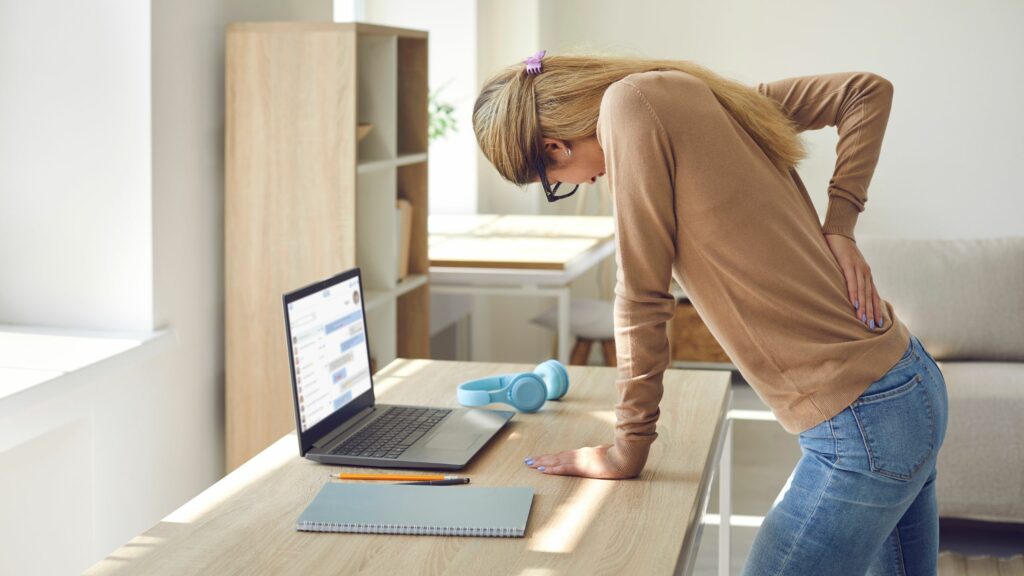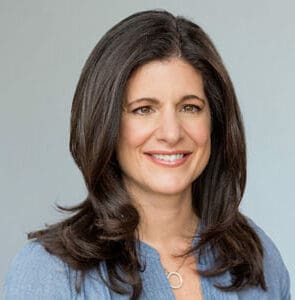Lower back pain is one of the most common complaints that people experience. It’s estimated that about 80% of adults will experience lower back pain at some point in their lives.
While some cases of lower back pain resolve on their own, others will require treatment. In this blog post, we’ll explore some ways to relieve and treat lower back pain.
1.) Exercise
Exercise is an excellent way to relieve lower back pain. When you exercise, you strengthen the muscles that support your spine. Strong muscles help to stabilize your spine, reducing the risk of injury and pain. Some of the best exercises for lower back pain include:
- Yoga: Yoga is a low-impact exercise that helps to stretch and strengthen the muscles in your back. It can help to relieve tension and reduce pain.
- Pilates: Pilates is another low-impact exercise that can help to strengthen your core muscles, including those in your back.
- Walking: Walking is a low-impact exercise that can help to improve your overall fitness and reduce lower back pain.
Physiotherapists, chiropractors and pilates instructors are all skilled professionals at teaching you the best exercises for both short and long term back pain relief.
Some pilates instructors have specialised training in rehab or physio-pilates. This advanced training gives them the knowledge and skills needed to work with patients will all types of injuries including lower back pain
2.) Heat and Ice Therapy
Heat and ice therapy are effective ways to reduce lower back pain. While it doesn’t solve the underlying root of your problem that’s causing your pain, it can often give you temporary pain relief when you have an acute injury or a flare up of a chronic injury or condition.
Applying heat can help to increase blood flow to the affected area to promote healing, reduce pain and stiffness.
Ice therapy, on the other hand, can help to reduce inflammation and numb the area, thereby giving you some lower back pain relief. You can apply heat and ice using a hot or cold compress, a heating pad, or an ice pack.
You can apply ice or heat 3-4 times a day, just make sure when applying ice that you allow the tissues to return to normal body temperature before re-applying.
3.) Physiotherapy
Physiotherapy is another non-invasive treatment that can help to relieve lower back pain. Physiotherapists are able to provide you with relief from your back pain AND treat the underlying root of your problem so you can prevent the pain from coming back.
Some conditions that can cause lower back pain that physiotherapists are skilled to treat include back strains, degenerative disc disease or arthritis, bulging or herniated discs, postural back pain, and more.
Physiotherapists know that lower pain CAN be healed, and use exercise, stretching, and other techniques to improve flexibility, strength, and range of motion. Ultimately, physiotherapy can help to reduce lower back pain, improve function, and prevent future injuries.
Physiotherapists use a variety of treatment techniques including hands-on therapy to release tight muscle and stiff joints, along with specific exercises to improve mobility and strength. Physiotherapists will provide you with a lot of information about your injury so you understand how to control your pain and prevent it from coming back.
4.) Chiropractic Care
Chiropractic care is a non-invasive treatment that can help to relieve lower back pain. Chiropractors use spinal manipulation techniques to realign the vertebrae in the spine, reducing pressure on the nerves and improving mobility. Chiropractors often also use soft tissue release techniques to improve mobility, and will incorporate therapeutic exercises as well.
Chiropractic care can also help to improve posture and reduce muscle tension. Your chiropractic can also provide you with education about strategies on how to move in order to minimize any strain on your back.
5.) Over-the-Counter Pain Medication
Over-the-counter pain medication can help to relieve lower back pain. Nonsteroidal anti-inflammatory drugs (NSAIDs) such as ibuprofen and naproxen can help to reduce pain and inflammation. Acetaminophen can also help to relieve pain, but it does not have anti-inflammatory properties.
Speak to your doctor before starting any medication to determine if it is appropriate for your needs. Pain medications shouldn’t be used as the sole or long term treatment option for your lower back pain because it doesn’t address the underlying problem.
6.) Massage Therapy
Massage therapy can help to relieve lower back pain by increasing blood flow to the affected area and reducing tension in the muscles. Massage therapy can be performed by a registered massage therapist or by using an object like a massage chair or handheld massager.
Unlike a massage chair or handheld massager, a massage therapist can tailor their treatment to alleviate your muscle pain and tenderness, loosen up any stiffness, and promote healing in your lower back.
7.) Ergonomic Changes
Making ergonomic changes to your workspace and daily activities can help to prevent and relieve lower back pain. For example, using a standing desk, using an ergonomic chair, and taking frequent breaks can help to reduce the strain on your back.
A chiropractor or physiotherapist can make specific recommendations about lifestyle changes to fit your individual needs.


